How to Choose the Best Outdoor Rubber Mats for Your Home
When it comes to enhancing the functionality and aesthetic of your outdoor spaces, choosing the right outdoor rubber mats is essential. According to a report by Grand View Research, the global rubber mat market is projected to reach $1.75 billion by 2025, driven by the growing demand for durable, slip-resistant flooring solutions for various applications, including residential patios, playgrounds, and gym areas. These mats not only provide safety by preventing slips and falls but also contribute to environmental conservation through the use of recycled materials. Selecting the best outdoor rubber mats for your home involves considering factors such as durability, texture, and maintenance requirements. By making an informed choice, homeowners can significantly improve their outdoor experience while ensuring longevity and style in their spaces.
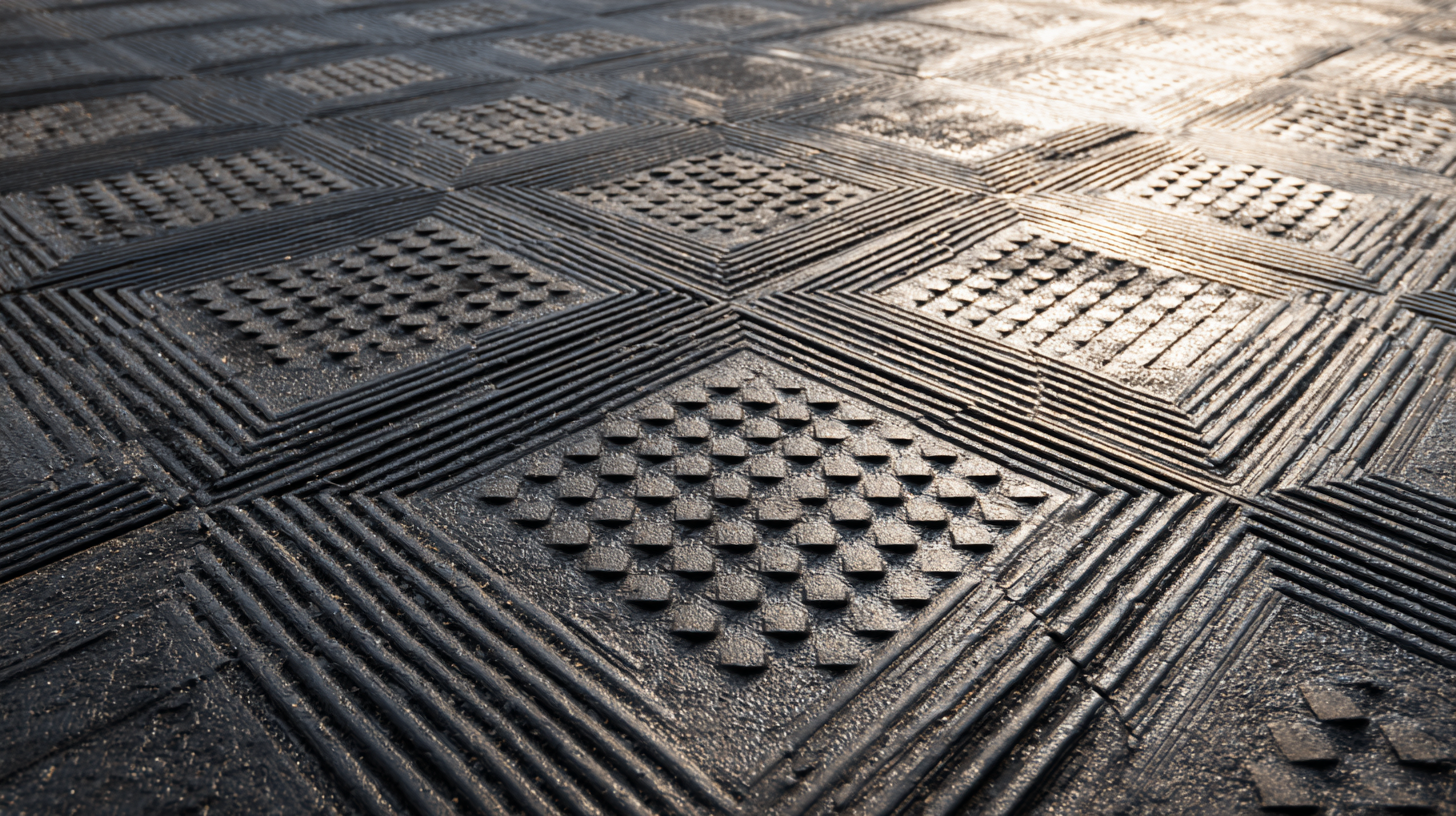
Benefits of Outdoor Rubber Mats: Safety, Durability, and Comfort Features
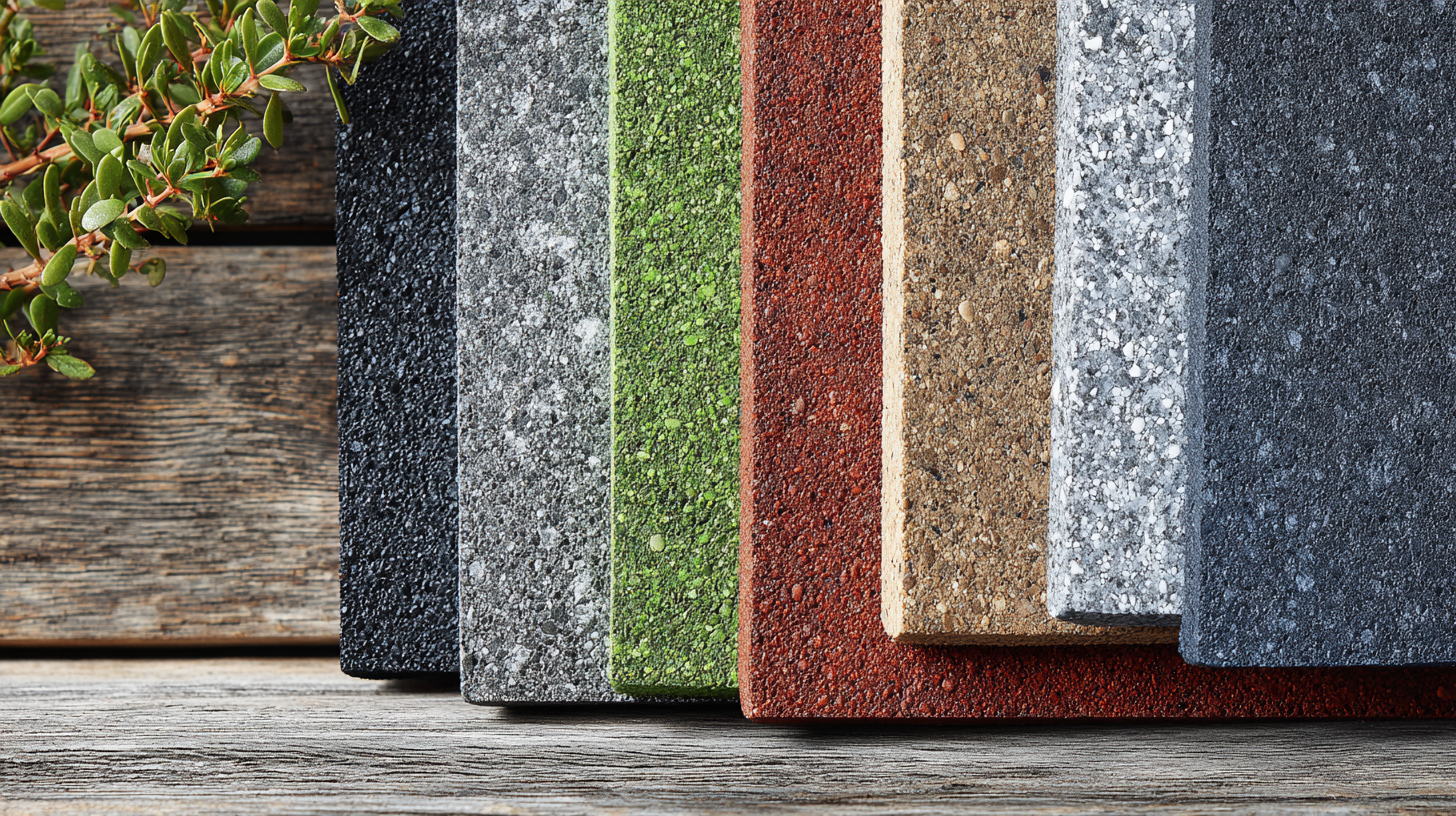 When selecting outdoor rubber mats for your home, understanding their benefits is crucial. One of the most significant advantages is safety. These mats provide a non-slip surface, which is essential in preventing slips and falls, especially in wet conditions. Whether placed by pools, entrances, or patios, outdoor rubber mats create a secure environment for family and guests alike.
When selecting outdoor rubber mats for your home, understanding their benefits is crucial. One of the most significant advantages is safety. These mats provide a non-slip surface, which is essential in preventing slips and falls, especially in wet conditions. Whether placed by pools, entrances, or patios, outdoor rubber mats create a secure environment for family and guests alike.
Durability is another key feature that makes outdoor rubber mats a favorite among homeowners. Made to withstand various weather conditions — from intense sunlight to heavy rain — these mats resist fading, tearing, and cracking, ensuring they last for years. They are also easy to maintain, requiring little more than a quick wash to keep them looking pristine. Beyond safety and durability, outdoor rubber mats offer comfort, cushioning feet while standing for extended periods, making them perfect for outdoor cooking areas or play zones for children. Their combination of benefits truly enhances outdoor spaces, making them both functional and inviting.
Key Factors to Consider When Choosing Outdoor Rubber Mats: Size, Thickness, and Material
When selecting the best outdoor rubber mats for your home, size, thickness, and material are critical factors to consider. According to the Rubber Manufacturers Association, the ideal size for an entrance mat should be at least 3 feet by 4 feet to effectively trap dirt and moisture from shoes before entering your home. This size not only enhances cleanliness but also helps reduce slipping hazards, ensuring safety for your family and guests.
Thickness plays a vital role in the durability and functionality of outdoor mats. Research indicates that mats with a thickness of ½ inch or more can significantly absorb impacts and withstand heavy foot traffic, preventing wear and tear over time. Furthermore, materials like recycled rubber are gaining popularity due to their sustainability and resilience against weather elements. A study by the American Society for Testing and Materials shows that rubber mats made from 100% recycled materials maintain their performance and aesthetic appeal for up to 10 years, making them a cost-effective option for homeowners.
Best Outdoor Rubber Mats: Key Factors to Consider
Environmental Considerations: Eco-Friendly Options for Your Outdoor Rubber Mats
When selecting outdoor rubber mats for your home, environmental considerations play a crucial role. As consumers become increasingly aware of sustainability, the demand for eco-friendly rubber mats has surged. According to a report by the Market Research Future, the global eco-friendly rubber market is expected to grow at a compound annual growth rate of 5.27% from 2021 to 2028, indicating a robust shift towards sustainable materials in outdoor furnishings.
One of the key factors to consider is the type of rubber used in these mats. Many manufacturers are now producing mats made from recycled materials, which reduces waste and promotes a circular economy. A study published by the Rubber Manufacturers Association notes that using recycled rubber not only lessens landfill waste but also decreases energy consumption by up to 75% compared to producing new rubber products. Additionally, look for mats that feature non-toxic, biodegradable materials to ensure that your choices are not only durable but also safe for both your family and the environment.
Furthermore, opting for mats that are free from harmful chemicals like phthalates and lead can contribute to healthier outdoor spaces. The Green Seal Standard for Cleaning Products specifies that products must contain no more than 1,000 parts per million of lead, making it a vital benchmark when selecting rubber mats. By prioritizing eco-friendly options, you can enhance your outdoor areas while minimizing your ecological footprint.
Comparative Analysis: Outdoor Rubber Mats vs. Alternatives like Turf and Wood
When considering outdoor flooring options, rubber mats stand out for their durability and flexibility. A comparative analysis reveals that outdoor rubber mats outperform alternatives like turf and wood in several key areas. According to a report from the Rubber Manufacturers Association, outdoor rubber mats can last up to 10 years longer than traditional wood options, which typically require regular maintenance and treatment to withstand weather elements. This longevity not only saves on replacement costs but also minimizes waste, contributing to a more sustainable environment.
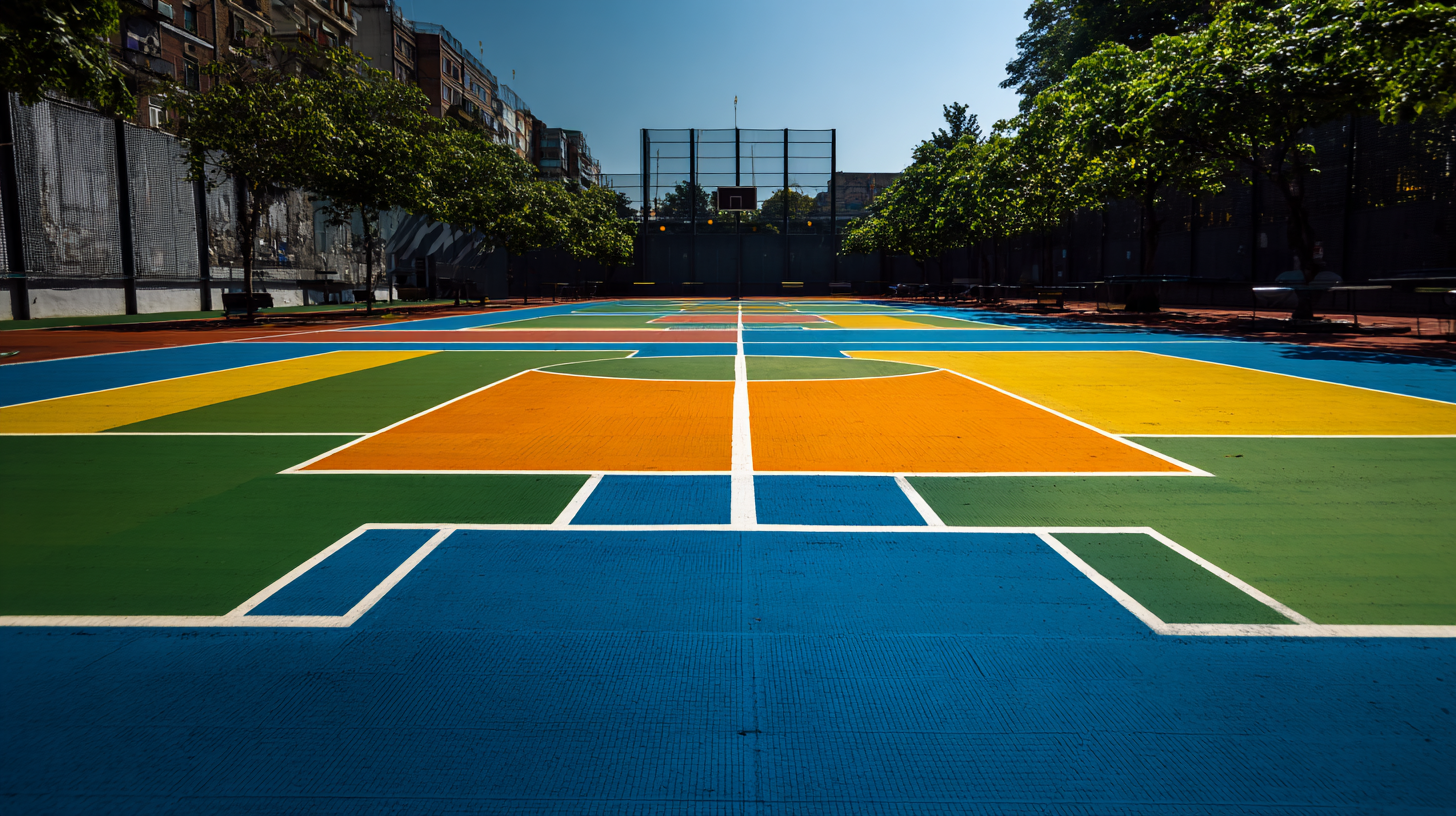
In contrast, turf may provide aesthetics and a soft surface for recreational activities, but it comes with notable downsides. A study published by the American Society of Landscape Architects indicates that synthetic turf could reach temperatures of up to 200°F on hot days, posing risks to pets and children. Furthermore, rubber mats can absorb shock, significantly reducing the risk of injuries, while synthetic alternatives lack this cushioning effect.
In a comprehensive cost analysis, rubber mats prove more economical in the long run, with lower maintenance costs and higher durability, making them a compelling choice for homeowners looking to enhance their outdoor spaces effectively.
Maintenance Tips for Extending the Lifespan of Your Outdoor Rubber Mats
To ensure the longevity of your outdoor rubber mats, proper maintenance is key. According to a study from the Rubber Manufacturers Association, regular cleaning can extend the life of rubber products by up to 50%. Start by sweeping away debris and dirt weekly; this preventive step helps avoid ingrained stains and potential odors. For deeper cleaning, wash your mats with a mixture of mild detergent and water using a soft brush. This method not only maintains their aesthetic appeal but also prevents the growth of mold and mildew, which can degrade rubber materials over time.
Furthermore, it's essential to check the mats periodically for any signs of wear or damage. Industry reports suggest that outdoor mats typically last between five to seven years depending on their exposure to elements like UV radiation, moisture, and heavy foot traffic. To enhance their durability, consider placing your mats in shaded areas when possible and avoid using harsh chemicals that could break down the rubber compound. By implementing these maintenance tips, you can significantly enhance the lifespan of your outdoor rubber mats, ensuring they remain functional and visually appealing for years to come.
Related Posts
-

What is the Importance of Outdoor Rubber Mats in Enhancing Safety and Comfort
-
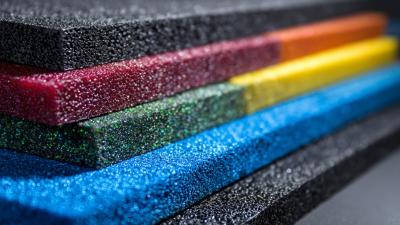
The Ultimate Guide to Choosing the Best Rubber Mats for Every Application
-
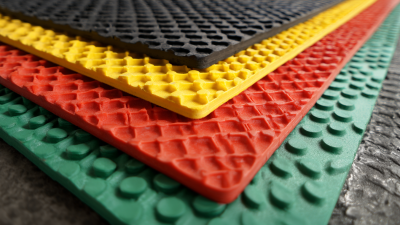
Innovative Uses of Best Rubber Mats in Diverse Industries Across the Globe
-

The Complete Guide to Choosing the Perfect Outside Door Mats for Your Home
-

Solutions for Choosing the Best Commercial Mats for Your Business Needs
-

How to Choose the Perfect Outside Door Mats for Your Home Based on Industry Insights
